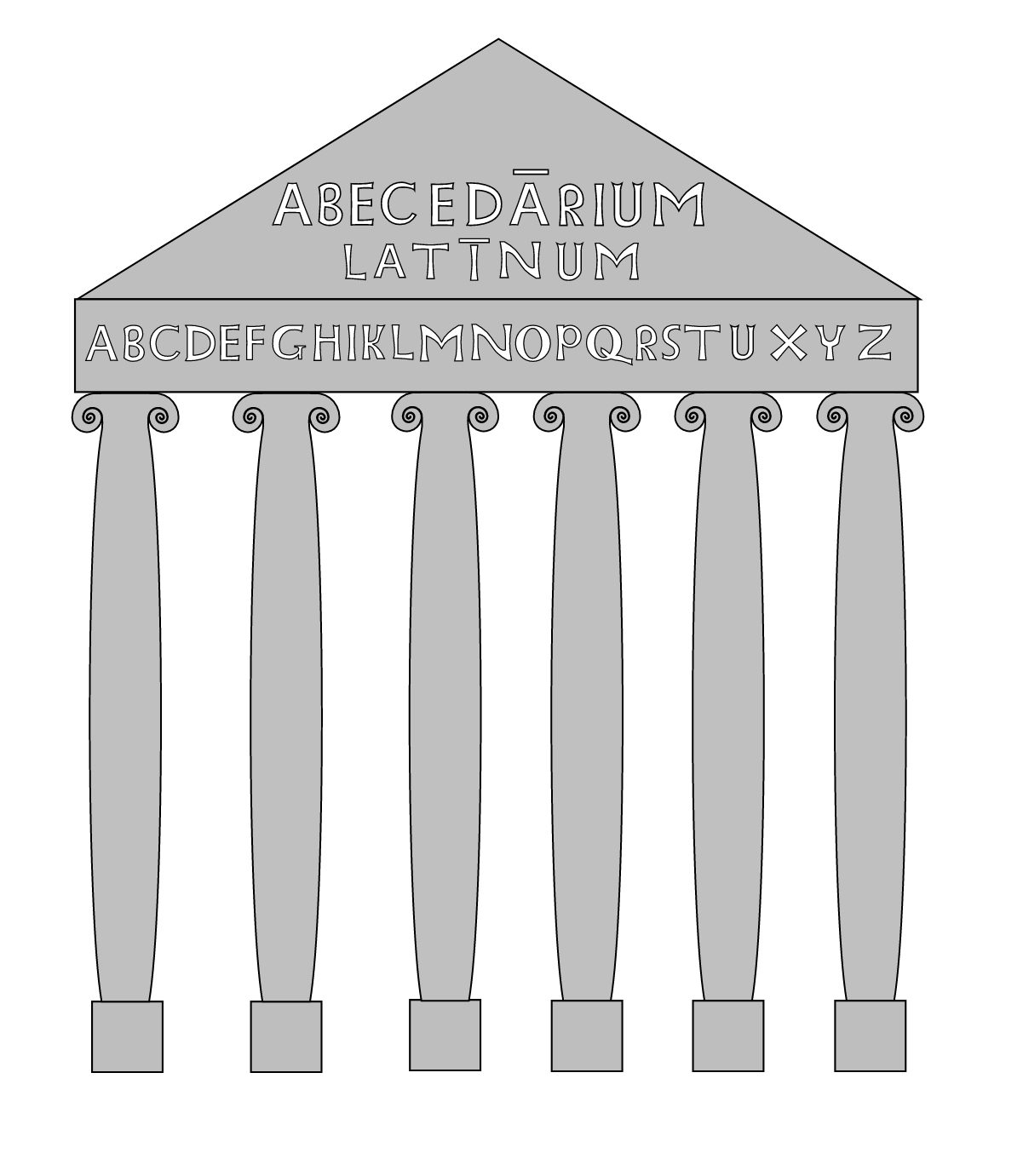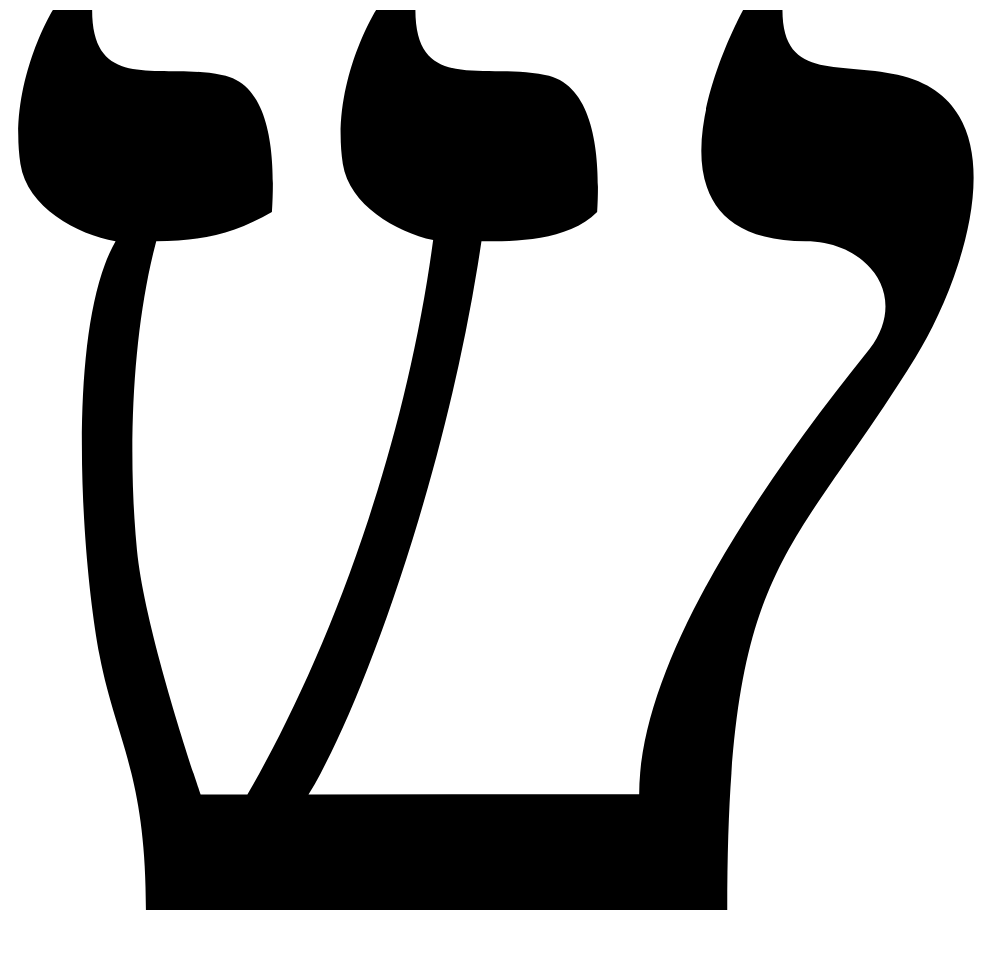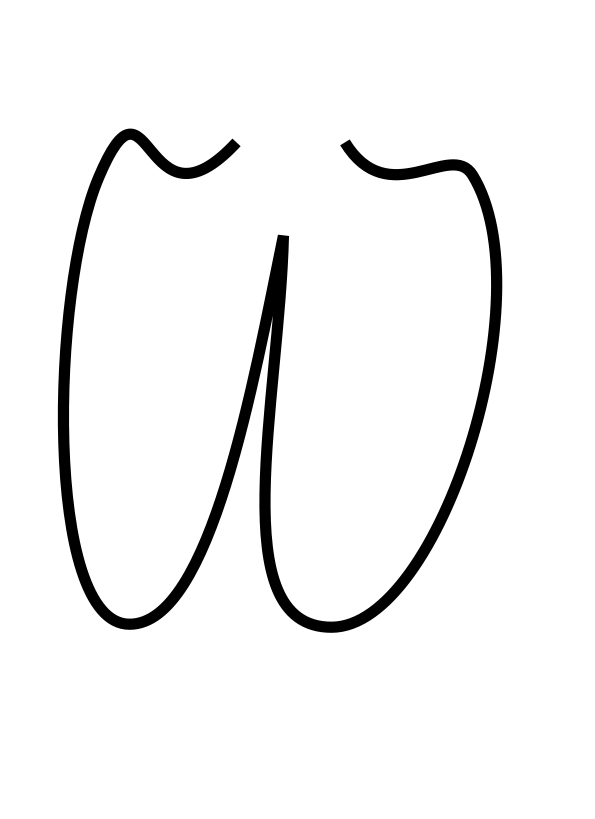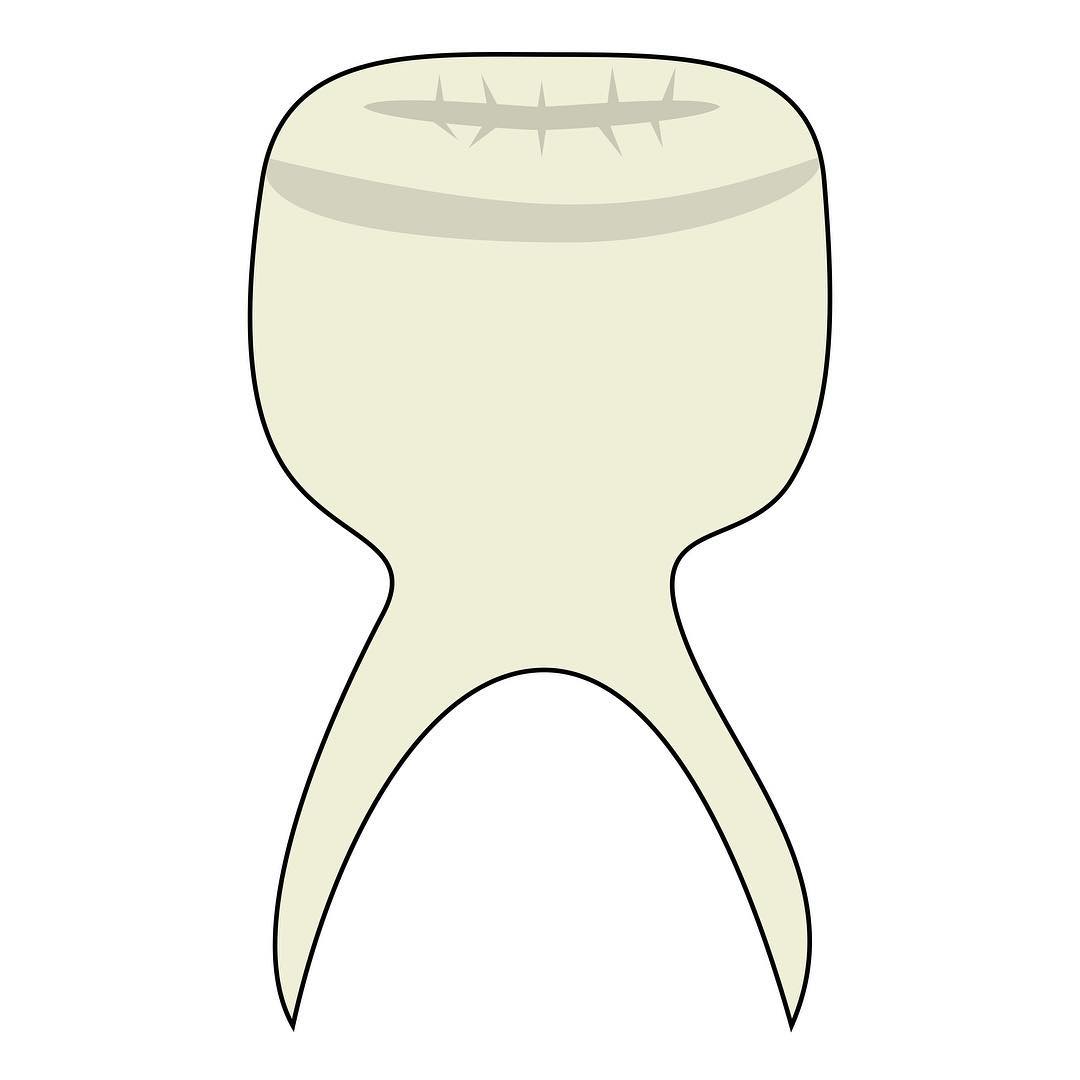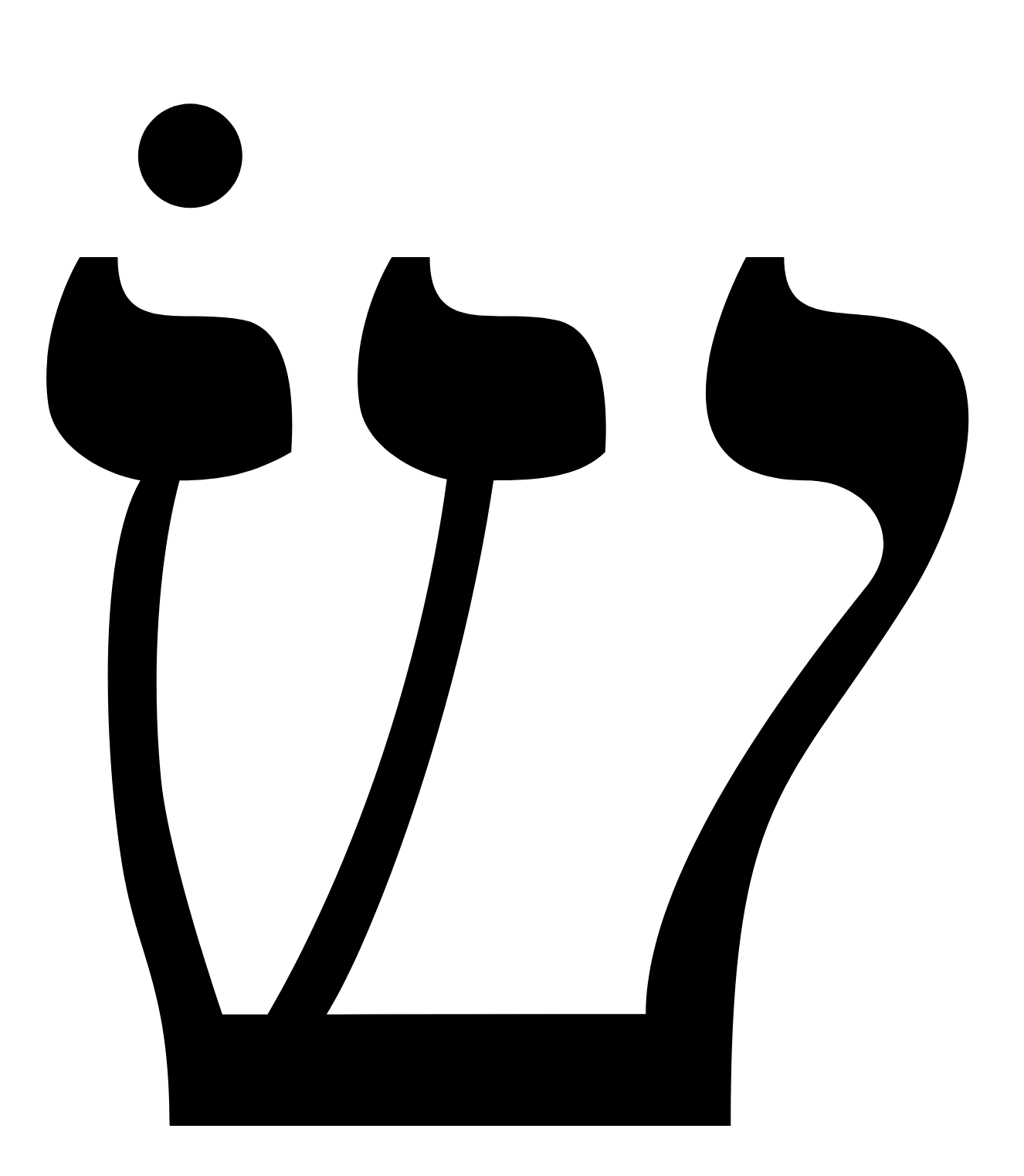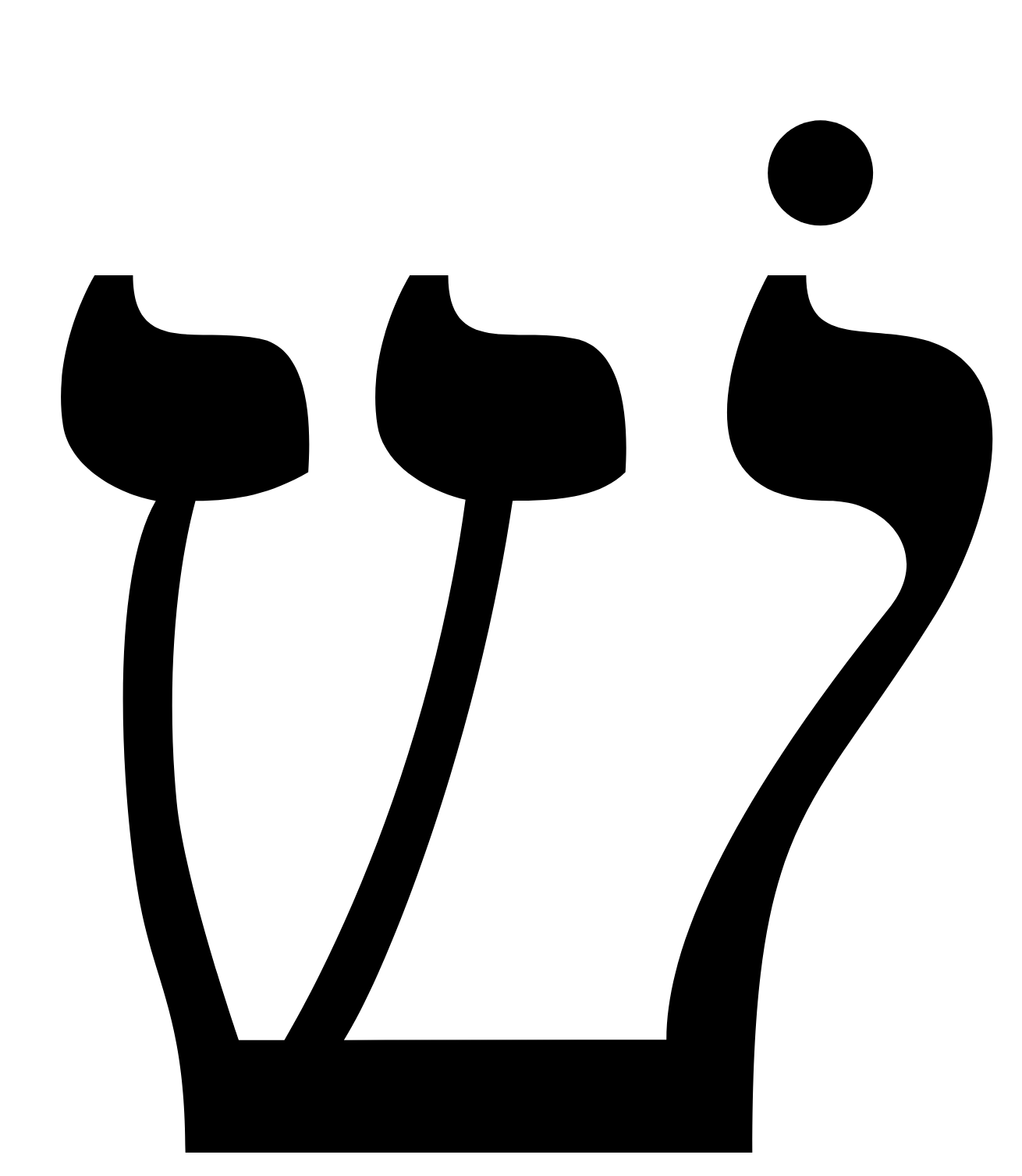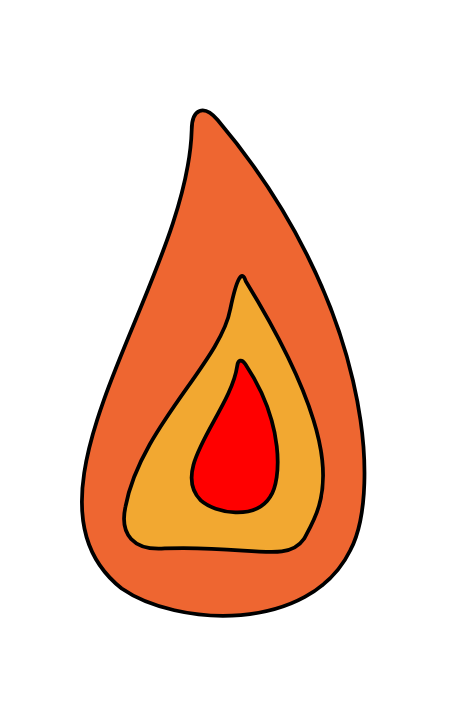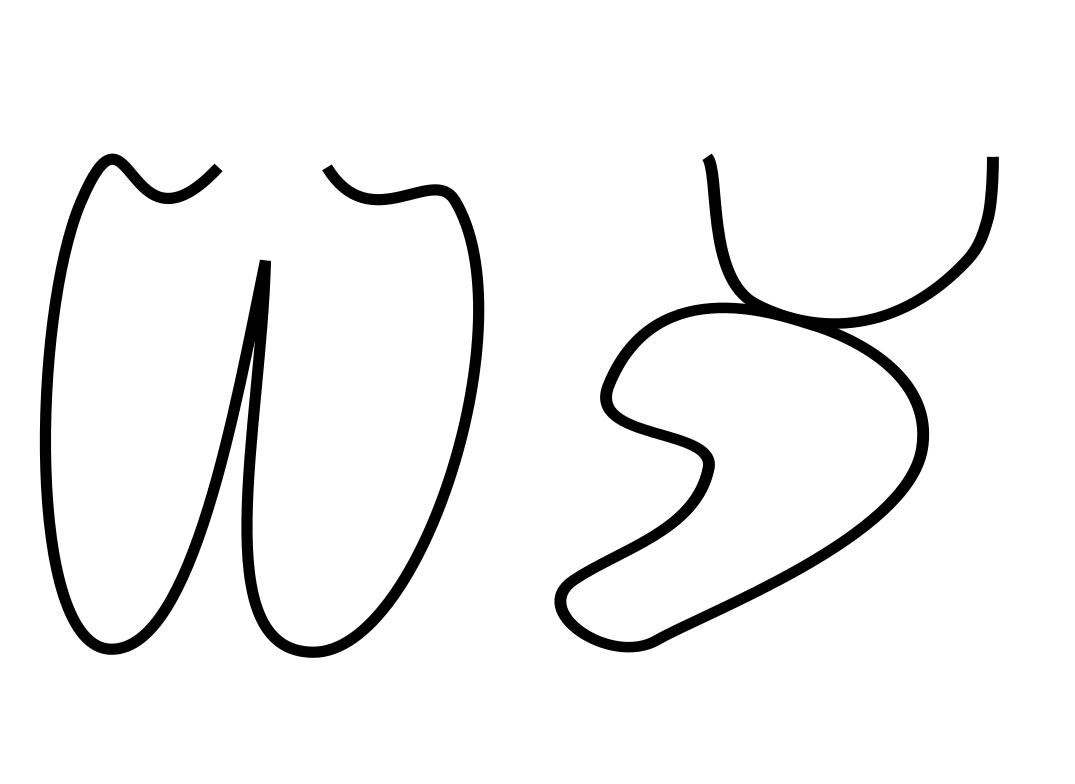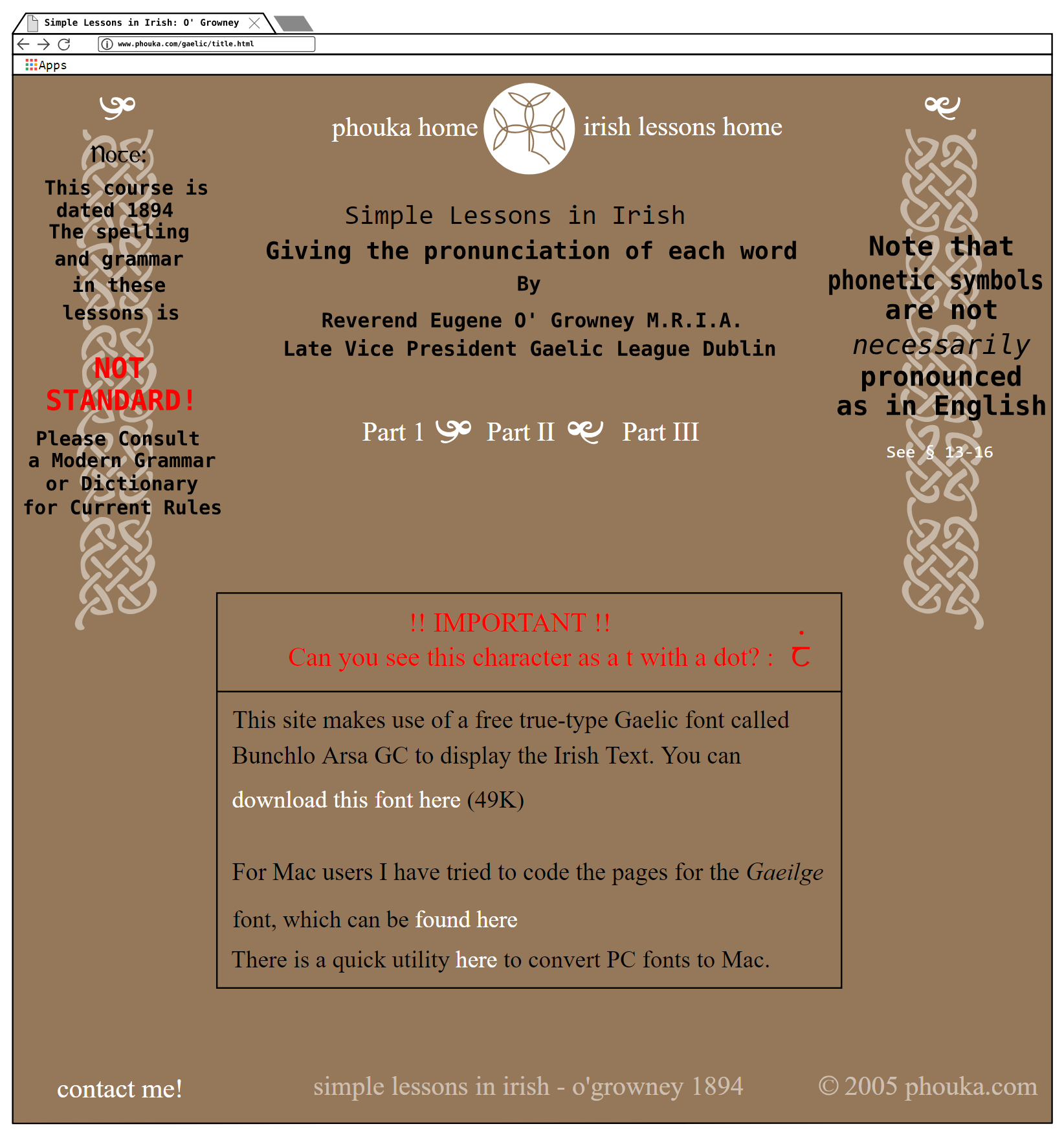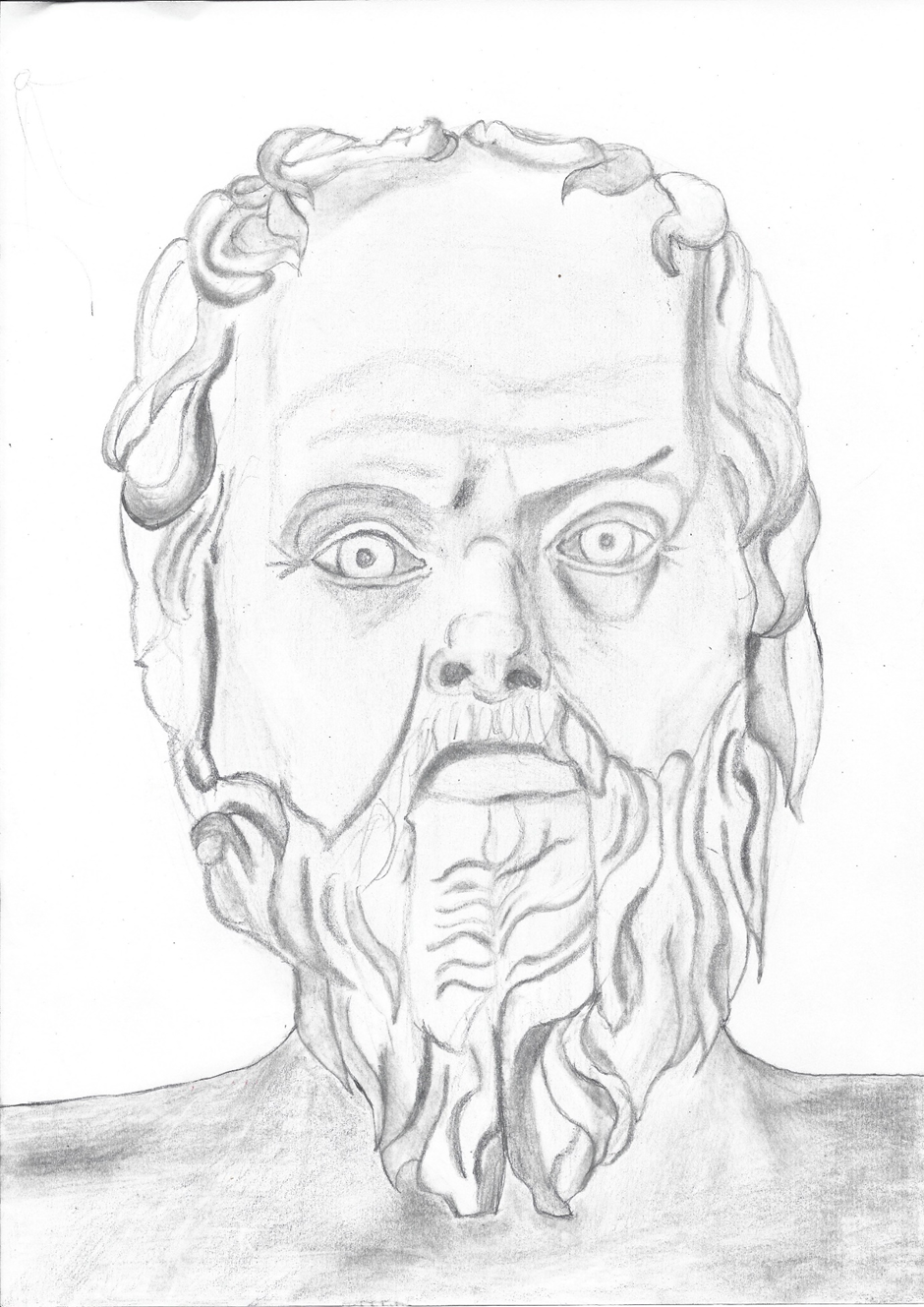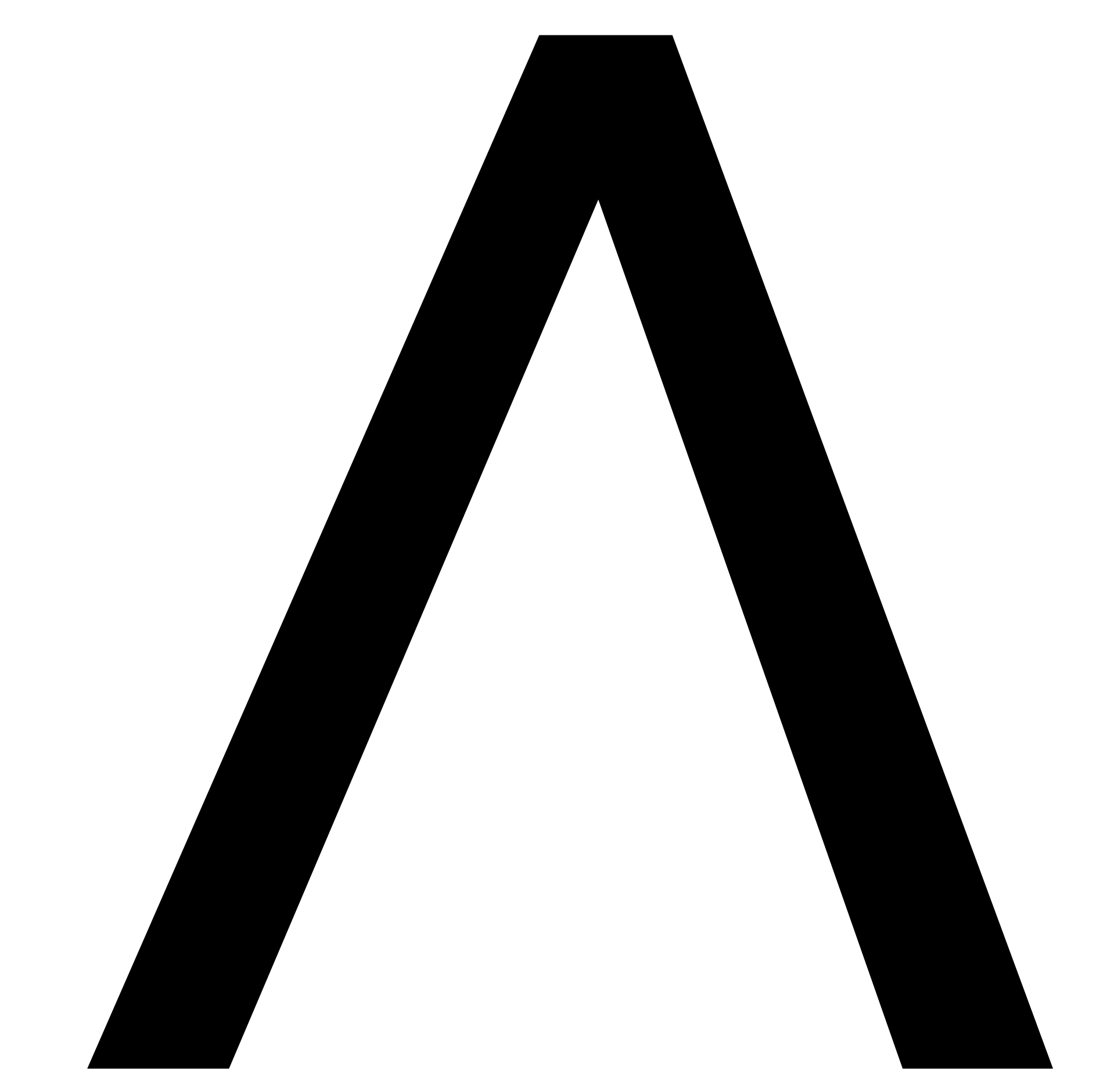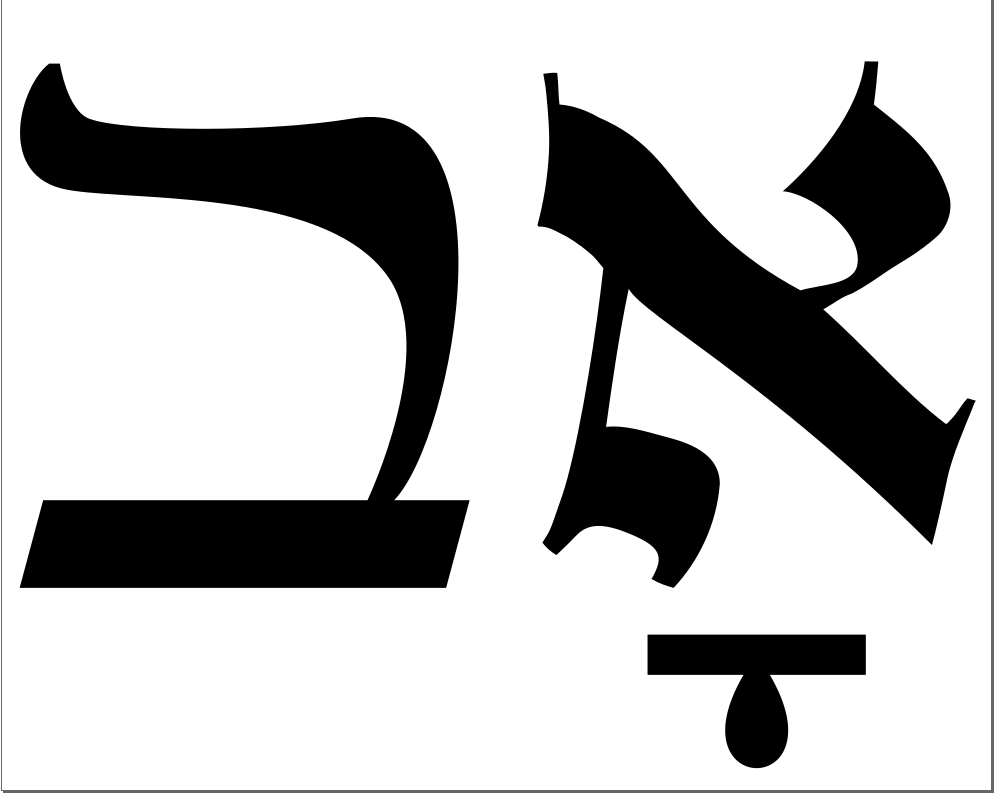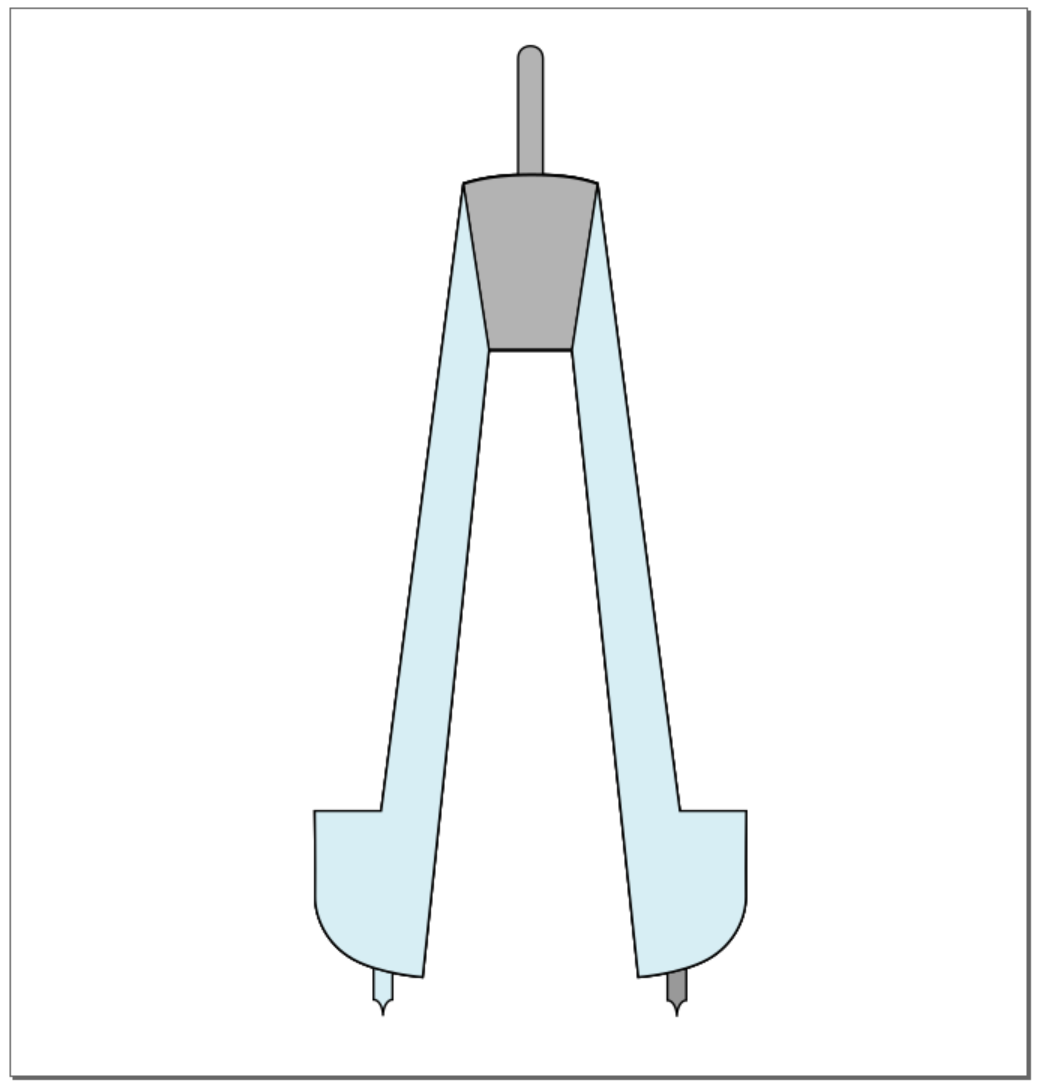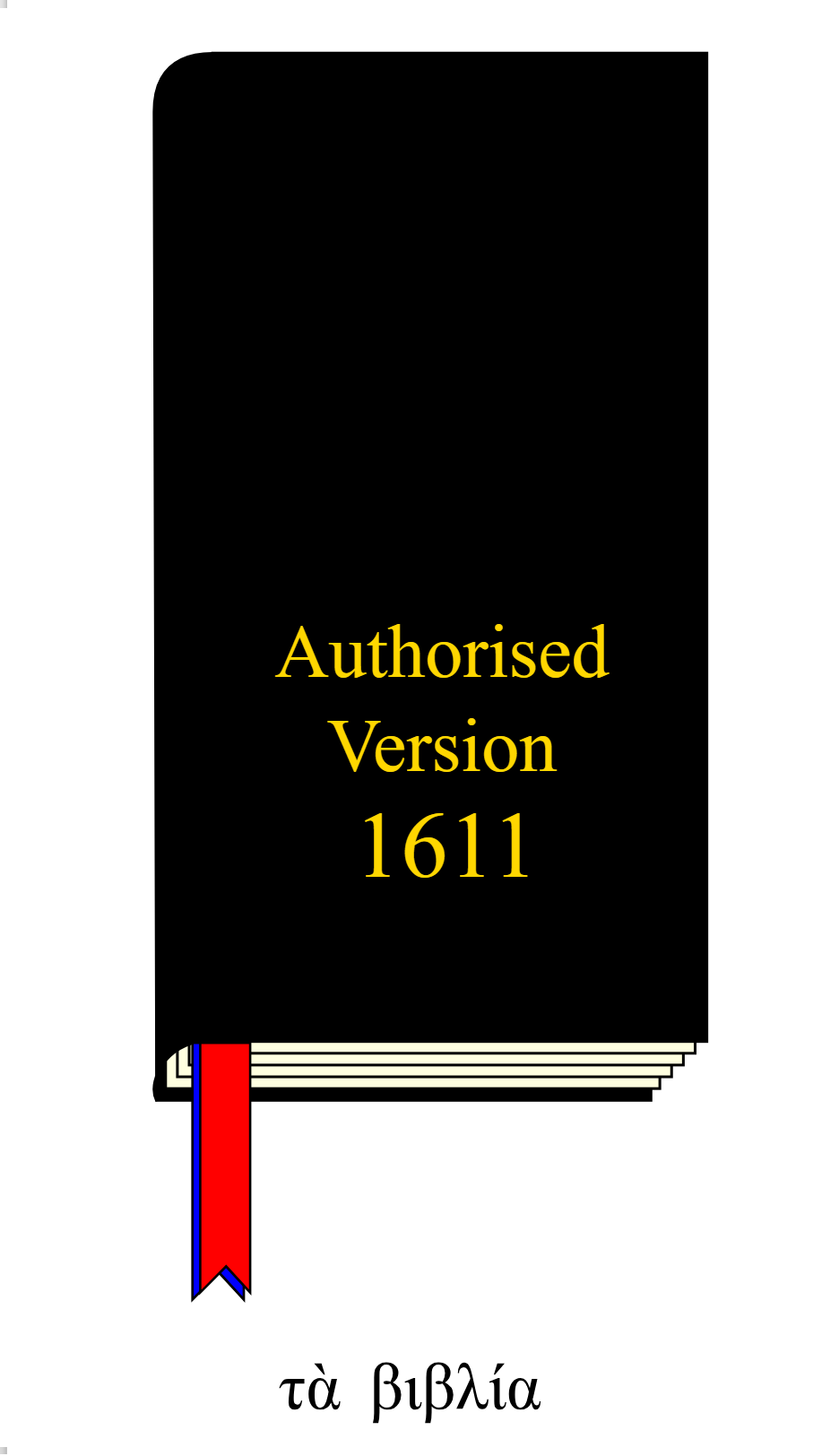In this video, I respond to The Babylon Bee’s video: If Jesus’ Resurrection were a Hoax.
Below is Part 1 of my video response:
In video 2, I examine the claims that the Apostles were “brutally murdered” for professing belief in the Resurrection. The latest scholarship—indeed the latest Christian scholarship—suggests that they were not. At best, there is some historical evidence that Saint Peter and Saint Paul were martyred.
In video 2, I ponder whether or not stealing the body was even necessary for a belief in the Resurrection to crop up, naturalistically, amongst the Early Church. The latest Scholarship suggests that there was no empty tomb. Even Bart Ehrman[1] has abandoned belief in the ‘honorable burial’ of Jesus. I suggest that—in the unlikely event that it ever even existed!—Jesus’s tomb was so luxurious, that it would have been reused after His death. If we ever did find Jesus’s tomb, there would, in all likelihood, be a corpse interred there. It would then be impossible for us to determine whether or not this corpse would be Jesus’s or the later tomb-occupant’s.
In video 2, I also stress that History is about ascertaining what probably happened in the past, and not about ascertaining what absolutely happened in the past. History has no way of ascertaining what absolutely happened in the past.
As Bart Ehrman stresses, given that History proceeds via methodological naturalism, the silliest and most ad hoc Naturalist explanation for the Resurrection is still going to be much much much more likely than a supernaturalist explanation that entails a man rising from the dead.
Ehrman posulates, for example, that Jesus might have had a twin, and whenever Jesus died, then Jesus’s twin came back on the scene, and began to tell everybody that he was the risen Jesus. This explanation is silly and absurd, and yet, according to Ehrman, it is much more likely than the postulation that a man rose from the dead.
Bart Ehrman does not say that miracles do not happen. As an ontological naturalist, this is, indeed what he privately believes, but this is not something that he can assert as an historical fact. However, what Ehrman does say is that if miracles do happen, then the Historical Method has no means of detecting them.
The Historical Method can only detect natural occurrences proceeding from natural causes. If miracles occur in the past, then the Historical Method is incapable of detecting them. Even then, the Historical method can only detect some natural events proceeding from some natural causes. The Historical Method is far from error-free. Sometimes it fails to detect phenomena that actually occurred in the past. Sometimes the Historical Method detects an occurrence that never occurred in the past.
I think that some Christian Apologists, like Frank Turek, have a hard time understanding this.
If there be an 80% chance that an event occurred in the past, then there is also a 20% chance that this same event did not occur in the past. Sometimes phenomena occur in the past—or, indeed, fail to occur—in the past, against the odds.
[1] The following quote is from Bart Ehrman Blog: ‘One of the most pressing historical questions surrounding the death of Jesus is whether Jesus really was given a decent burial, as the NT Gospels indicate in their story of Joseph of Arimathea. Even though the story that Joseph, a member of the Jewish Sanhedrin, received permission to bury Jesus is multiply attested in independent sources (see, e.g., Mark 15:43-47; John 19:38-42), scholars have long adduced reasons for suspecting that the account may have been invented by Christians who wanted to make sure that they could say with confidence that the tomb was empty on the third day. The logic is that if no one knew for sure where Jesus was buried, then no one could say that his tomb was empty; and if the tomb was not empty, then Jesus obviously was not physically raised from the dead. And so the story of the resurrection more or less required a story of a burial, in a known spot, by a known person. For some historians, that makes the story suspicious.
‘There are real grounds for the suspicion.’



